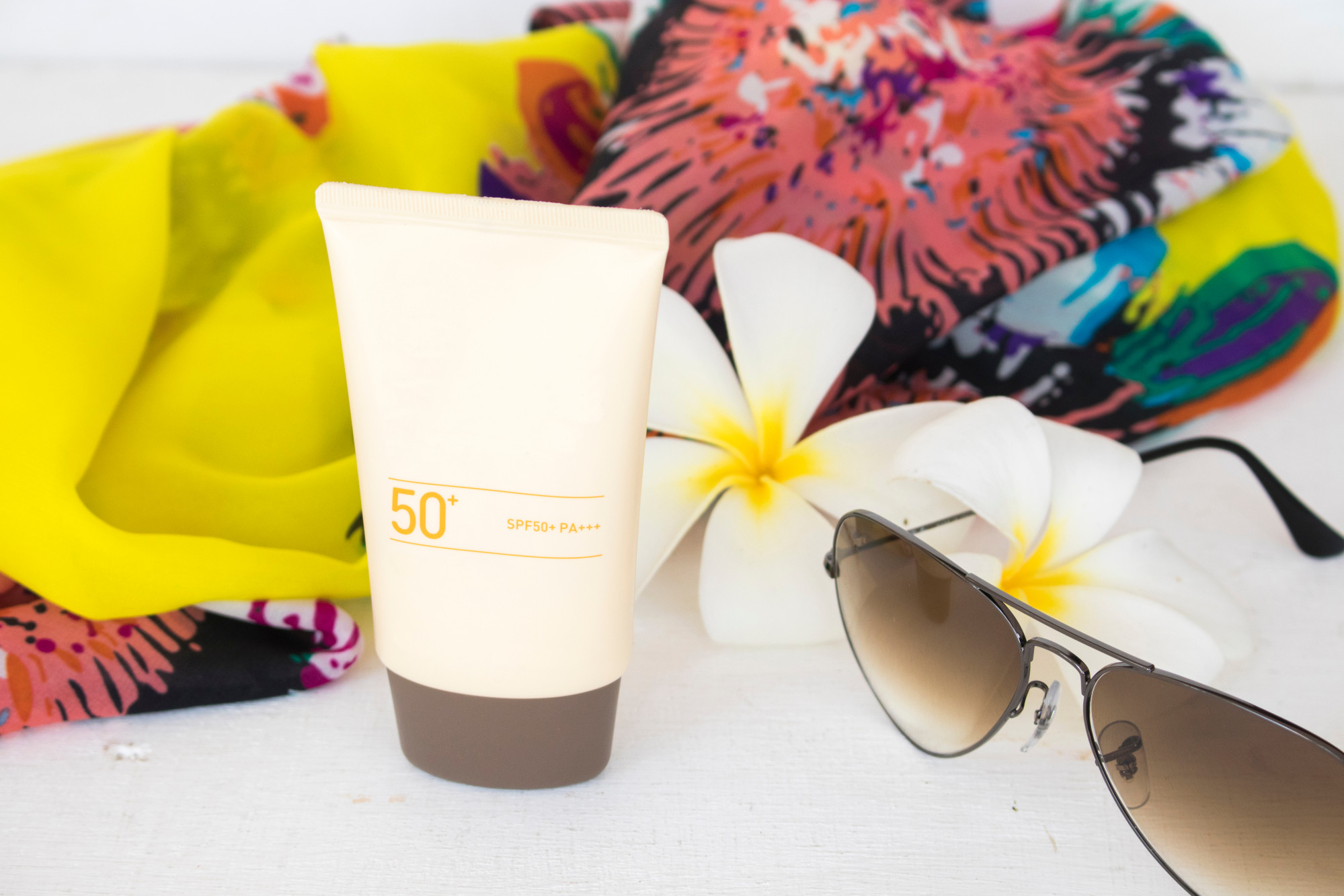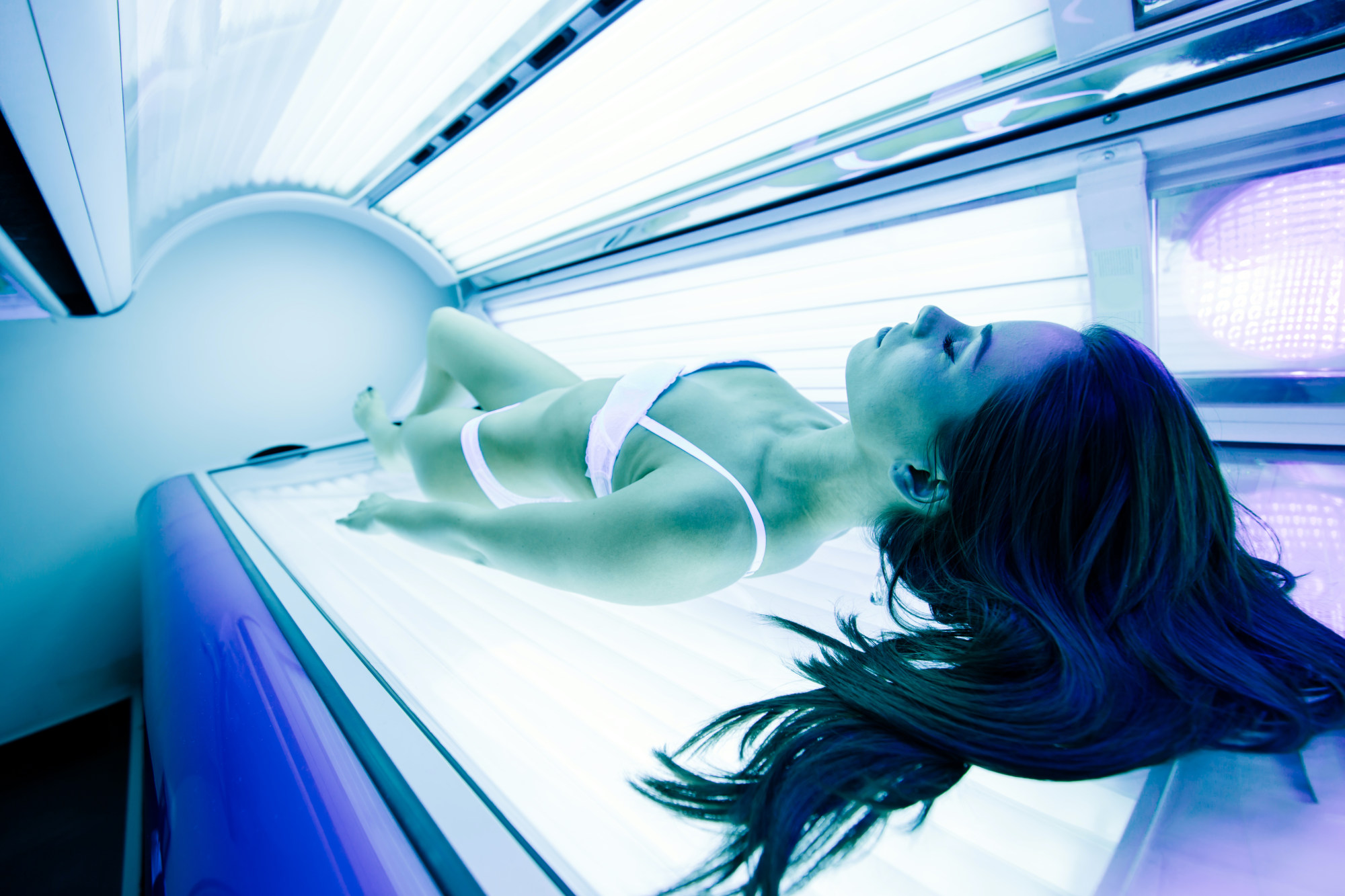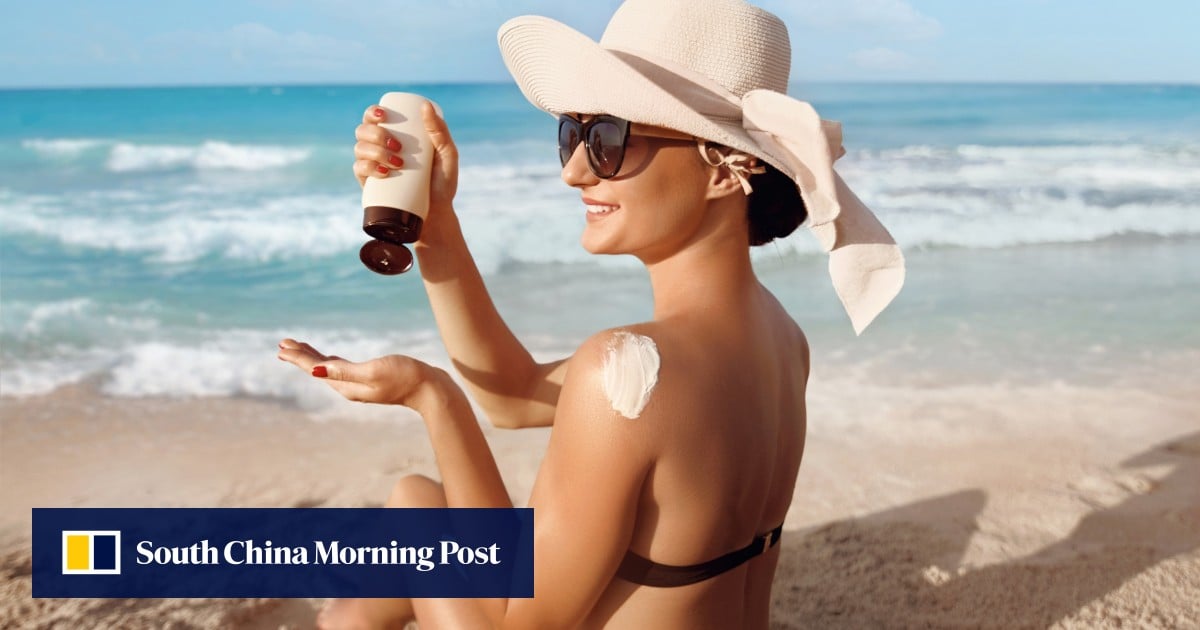However, dermatologist Christoph Liebich from Munich clarifies that there’s still a limit to how much sun you can take, no matter how much you reapply.

Essentially, once your skin has absorbed enough radiation, the time in which you are protected is over. And yet, to make that time as long as possible, you do need to reapply sun cream at regular intervals.

Above all, it’s important to apply an adequate amount of sunscreen from the start. Radiation protection experts say the recommended amount is two milligrams per square centimetre of skin, equating to about four heaped tablespoons for an adult’s entire body.
The SPF should be clearly stated on the packaging. “Without this information, consumers cannot assess the level of protection,” she says. Experts recommend choosing day creams with a high SPF.
It is also crucial to use a sufficient amount of day cream, just as you would with sun cream. Dermatologist Liebich cautions that some people might not apply enough expensive creams to their faces, considering them luxury products.
“If you do not apply the recommended amount, even a high SPF won’t offer adequate protection,” explains Liebich. If you’re hesitant to use enough of the day cream, it’s better to opt for a classic sun cream.

UVA radiation penetrates the dermis, UVB rays affect only the epidermis, and UVC rays are blocked by the ozone layer.
Liebich explains that tanning beds provide a “base tan” that offers no real protection. The light in tanning beds is primarily composed of UVA rays, which create a quick but temporary tan, while UVB radiation is often filtered out.
“To build up protection, UVB rays are necessary, but they are prohibited in sunbeds,” says Liebich.
Pre-tanning in a solarium leads to additional radiation exposure, which is why sunbeds are banned for individuals under 18. “Any additional radiation is harmful,” Liebich emphasises.

According to the German Pharmacists’ Association, while vitamin A and beta-carotene found in healthy foods can provide some natural protection for the skin, they are not enough to prevent sunburn, especially when the UV index is high.
Dermatologist Liebich explains that consuming these foods can help shield the skin from sunburn to some extent. However, he adds that sun cream must always be the primary means of protection, as nutrition alone cannot provide an adequate protection factor.
Manufacturers indicate the recommended duration for using sunscreen after opening with a small symbol such as “12M” (meaning 12 months), which is typically found on the packaging.
Researchers found in a study for the American Chemical Society that benzophenone gradually develops as sunscreen ages, even in unopened packs. This underscores the importance of replacing sunscreen annually to ensure its safety and efficacy.

